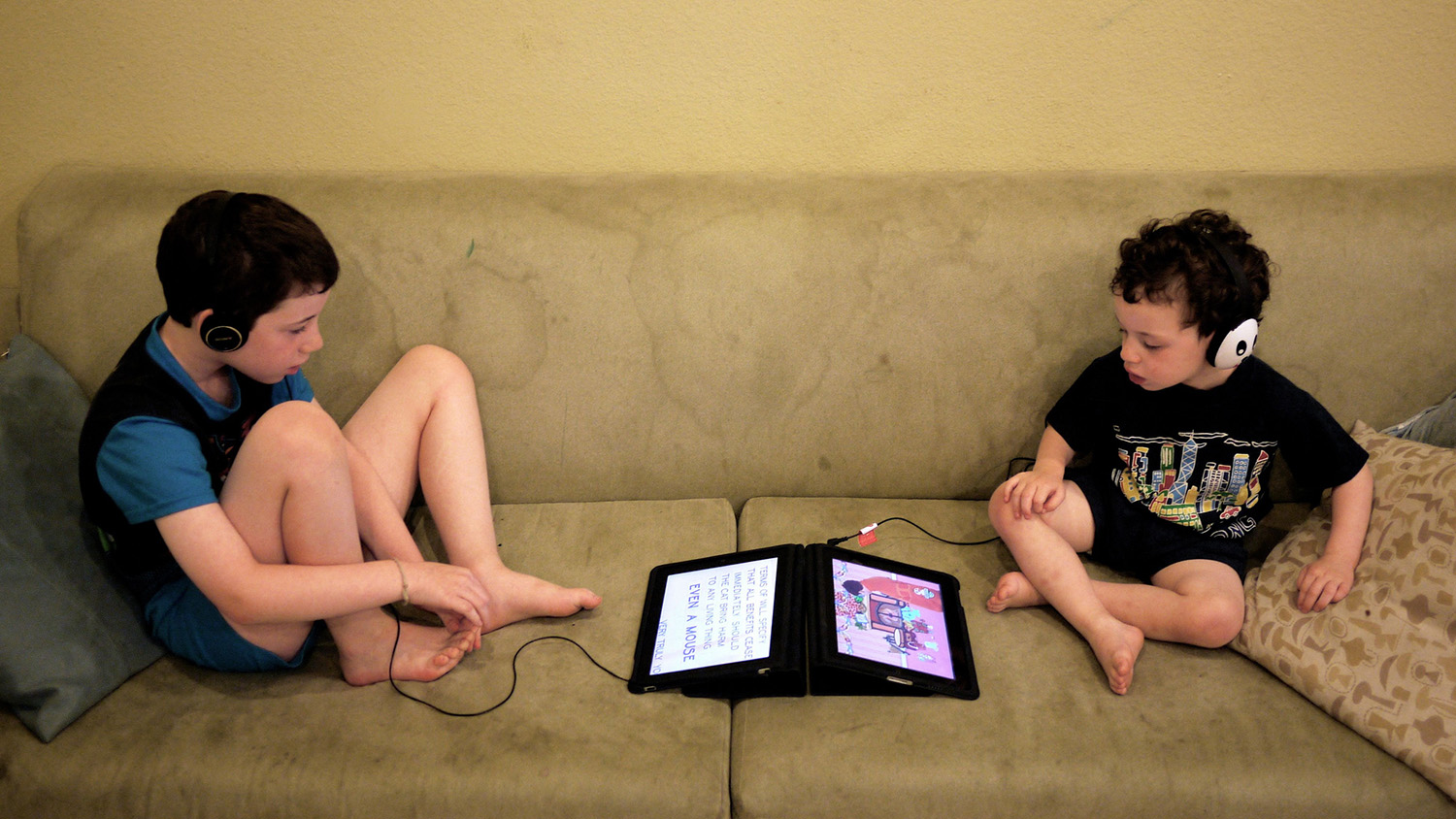Modern Conflict: Screen Time vs. Nature

For Immediate Release
Even rural kids today spend more time in front of screens and less time outdoors, according to a new study of middle-school students in South Carolina.
Researchers at North Carolina State University and Clemson University found that gaps between screen time and outdoor time were most pronounced for girls, African American students, and eighth graders.
“Middle school can be a turning point for many activities because priorities shift and young people’s lives become more and more structured. This often results in fewer opportunities for outdoor recreation,” says Lincoln Larson, assistant professor of parks, recreation and tourism management at NC State, and co-author of a journal article about the research. “This is a problem because connection to nature plays a positive role in young people’s physical health and psychological development.”
“We want to understand how recreation choices might influence youth at this formative time,” added Edmond Bowers, associate professor of youth development leadership at Clemson University and a co-author on the study. “Research on the impact of electronic media such as smartphones on youth development is just emerging, and the findings for well-being are mixed. A more holistic examination of youth activities could shed light on the benefits and costs of recreational choices.”
Researchers asked about 550 rural students to report the amount of time they spend in nature (outdoor time) and the amount of time they spend using electronic media (screen time) over an average week. They found that screen time eclipsed outdoor time for most students, and that these gaps increased significantly in older youth.
“We understand that technology is an integral part of life for middle-school students, so this isn’t an attempt to scapegoat screen time. But it’s clear that we need to find ways to balance outdoor activities and electronic media,” Larson says. Pokemon Go, for example, was a screen-based phenomenon that also got people moving outdoors.
Concerns about safety, particularly among girls and their parents, may influence students’ time in nature as well, he adds. “Issues related to safety and access create barriers to outdoor recreation for diverse urban youth,” Larson says, “but this study shows that time in nature may be slipping even among rural students.”
“We’re not going back in time when it comes to nature and electronic media. They’re now intertwined,” Larson says. “The question becomes, how do we find ways to effectively integrate nature and technology? Can we design programs or experiences that appeal to young people’s inherent love for technology, but also get them outdoors to improve to their lifelong health?”
The study appears in Environment and Behavior. The work was supported by an Interdisciplinary Research Innovations grant from Clemson University.
– ford –
Note: An abstract of the paper follows.
“Outdoor Time, Screen Time, and Connection to Nature: Troubling Trends among Rural Youth?”
Authors: Lincoln R. Larson, Rachel Szczytko, Kathryn T. Stevenson and Myron F. Floyd, NC State University; Edmond P. Bowers and Lauren Stephens, Clemson University
Published: Oct. 19, 2018 in Environment and Behavior
DOI: 10.1177/0013916518806686
Abstract: Evidence suggests that contemporary children are spending less time outdoors than their predecessors. Concurrent reports also highlight the rise of electronic media use in the lives of youth. We explored relationships between self-reported outdoor time, screen time, and connection to nature in a sample of 6th-8th grade students across rural South Carolina (n = 543). We found that most youth spent time outdoors, but they spent more time with electronic media. The outdoor vs. screen time discrepancy was particularly pronounced for girls, African Americans, and 8th graders. Connection to nature, linked to outdoor time, was highest among boys, White students, and 6th graders. Our study contributes to growing evidence highlighting the negative influence of escalating screen time on outdoor time and connection to nature during adolescence. Programs designed to address these troubling trends could focus on two groups at particularly high risk: girls and youth of color.
- Categories:


